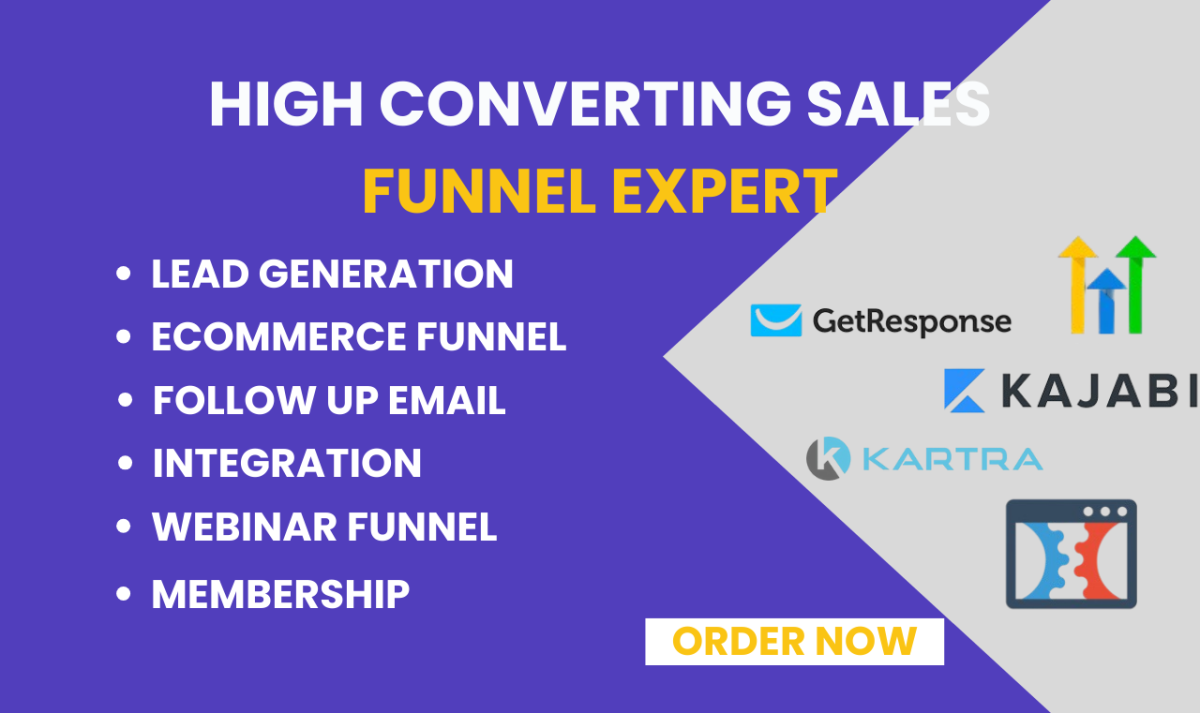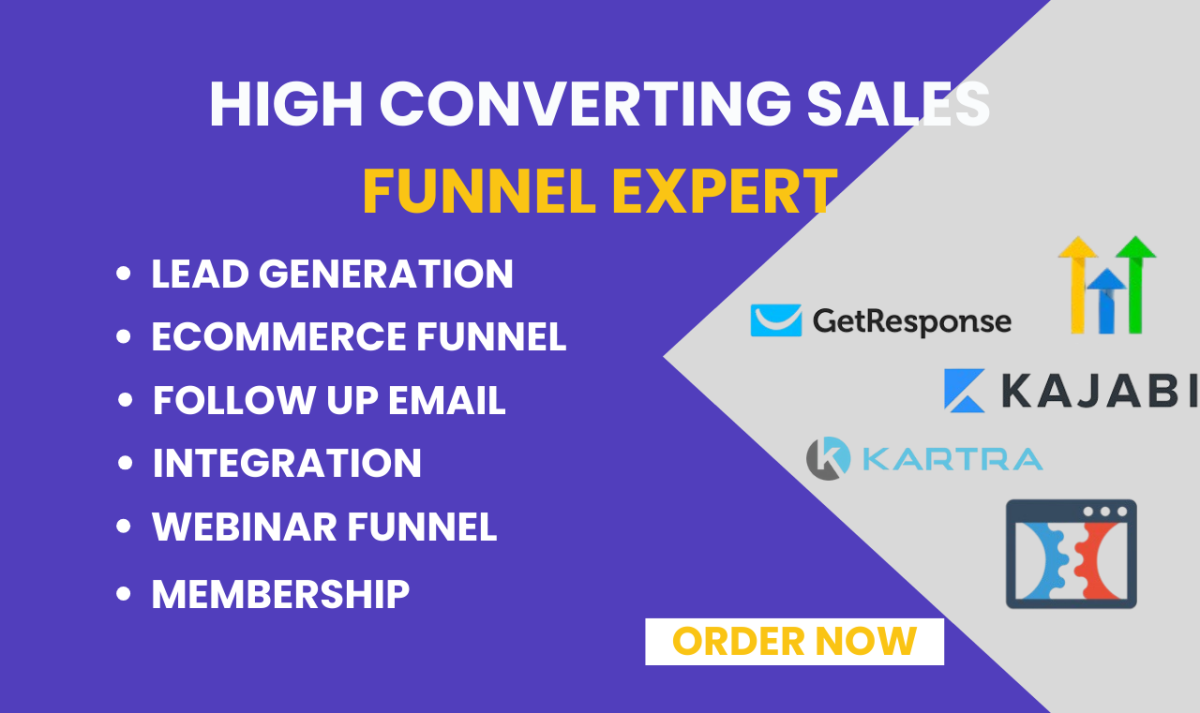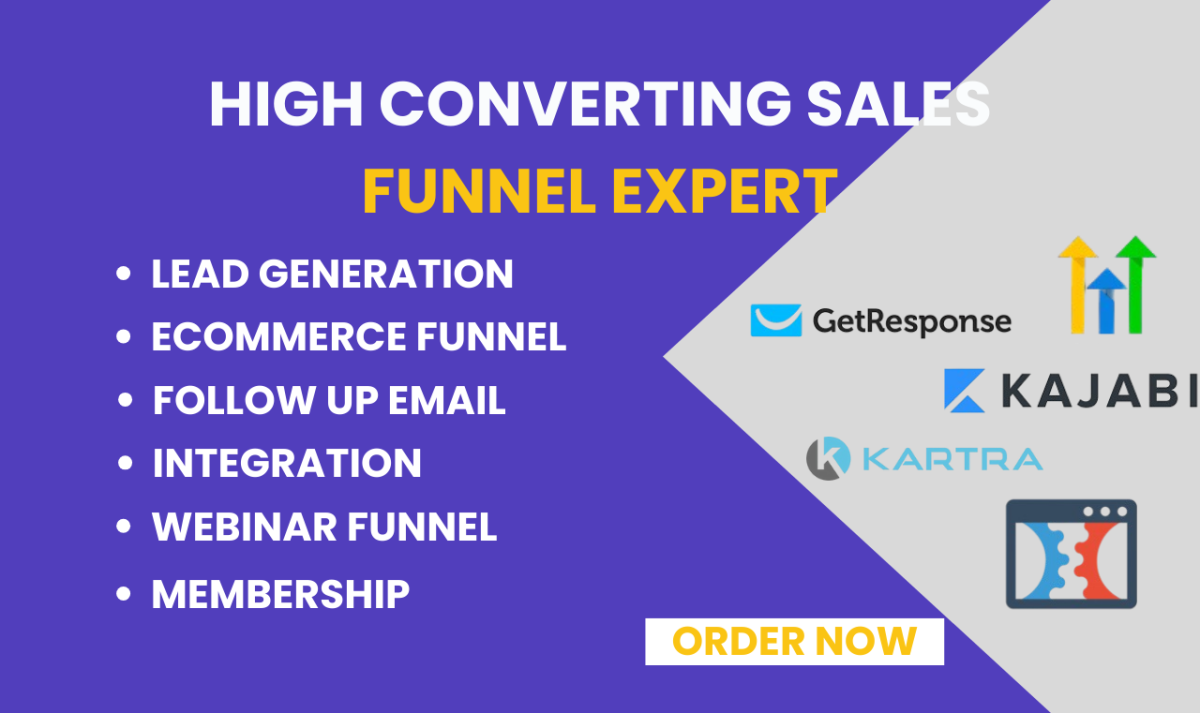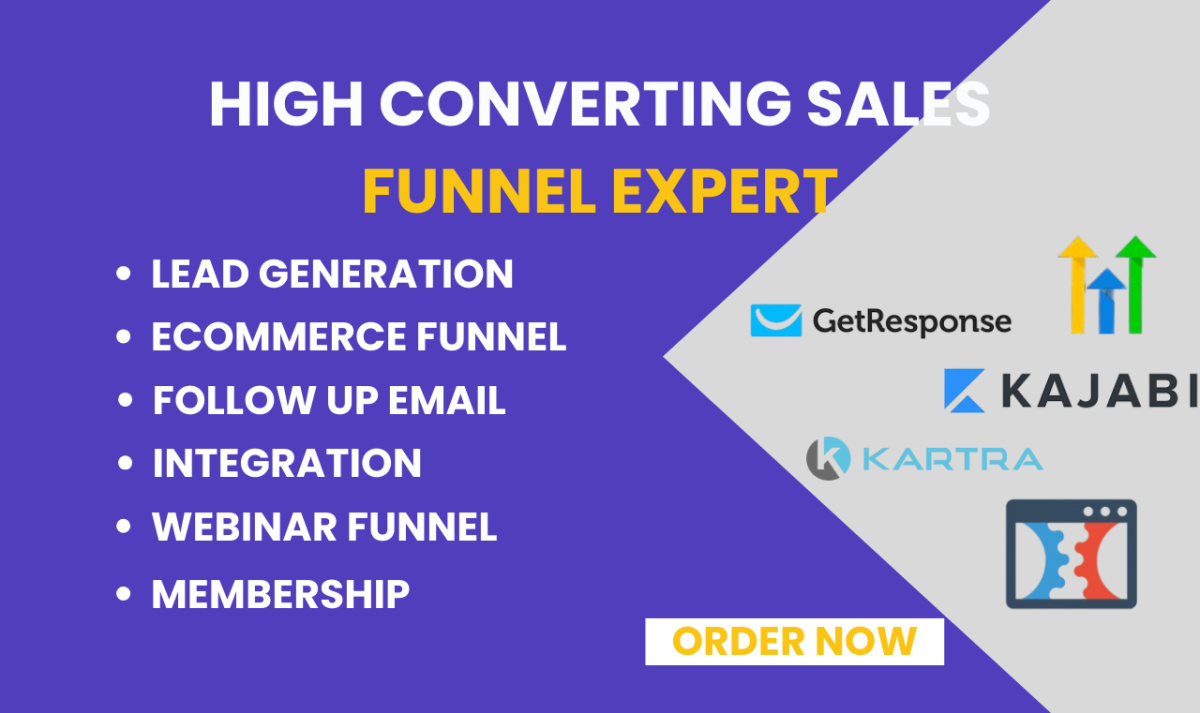A sales funnel is a strategic model used to guide potential customers through the buying process, from initial awareness to final purchase and beyond. It visualizes the customer journey as a series of stages, each designed to move prospects closer to becoming loyal customers. Here's a breakdown of the typical stages and components of a sales funnel:
### **Stages of a Sales Funnel:**
1. **Awareness**:
- **Objective**: Capture the attention of potential customers.
- **Activities**: Content marketing, social media campaigns, paid ads, SEO, and public relations.
- **Purpose**: Introduce your brand or product to a broad audience, aiming to generate leads by attracting individuals who may have a need for your offering.
2. **Interest**:
- **Objective**: Engage prospects and build their interest in your product or service.
- **Activities**: Informational content, webinars, newsletters, and targeted follow-ups.
- **Purpose**: Provide valuable information that addresses the needs or pain points of the prospects, encouraging them to learn more about your solution.
3. **Consideration**:
- **Objective**: Nurture leads and convince them of the value of your offering.
- **Activities**: Product demonstrations, free trials, case studies, and detailed product information.
- **Purpose**: Showcase the benefits and features of your product, and differentiate it from competitors. Help prospects evaluate whether your solution fits their needs.
4. **Decision**:
- **Objective**: Convert prospects into customers.
- **Activities**: Sales consultations, personalized offers, promotions, and clear calls to action.
- **Purpose**: Facilitate the final decision-making process by addressing any remaining objections and guiding the prospect towards making a purchase.
5. **Action**:
- **Objective**: Finalize the purchase and complete the transaction.
- **Activities**: Checkout processes, order confirmation, and payment processing.
- **Purpose**: Ensure a smooth and positive buying experience, making it easy for customers to complete their purchase.
6. **Post-Purchase**:
- **Objective**: Retain customers and encourage repeat business.
- **Activities**: Customer support, follow-up surveys, loyalty programs, and additional upsell or cross-sell offers.
- **Purpose**: Provide ongoing support and engagement to build customer loyalty, increase satisfaction, and drive future purchases.
### **Components of a Sales Funnel:**
- **Lead Generation**: Tactics and strategies to attract and capture leads at the top of the funnel.
- **Lead Nurturing**: Techniques to maintain engagement and move leads through the funnel.
- **Conversion**: Methods to convert leads into paying customers.
- **Retention**: Efforts to retain customers and maximize their lifetime value.
A well-designed sales funnel helps businesses systematically guide prospects through each stage of the buying journey, optimizing the process to increase conversions and improve overall sales performance.
Tagged : marketing automationsales funnelmembershiplanding page
Visit Gig
Related Gigs







